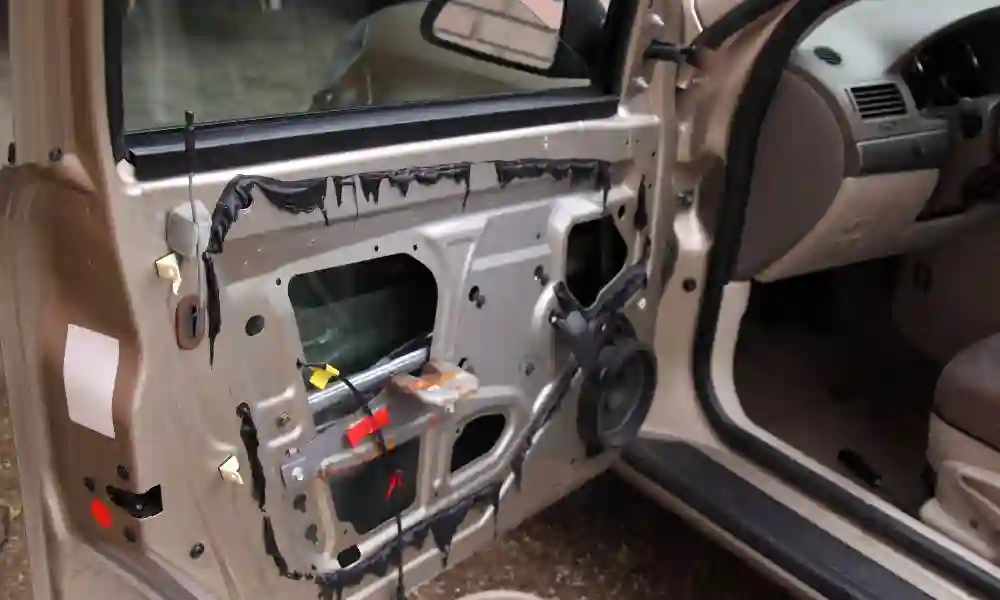When it comes to the components in your vehicle, safety should always be a top priority. One often overlooked but crucial component is the window regulator, responsible for controlling the movement of your car’s windows. While window regulators may seem like simple mechanisms, they incorporate several safety features that are vital for protecting you and your passengers. In this article, we’ll explore the safety features of window regulators and the important considerations when replacing them.
Understanding Window Regulators:
Before we dive into safety features, it’s essential to understand the basics of window regulators. These mechanisms are responsible for raising and lowering your car’s windows, providing ventilation, convenience, and emergency escape routes. There are two primary types of window regulators:
- Manual Window Regulators: These are operated by turning a crank handle. They are simple in design and function but lack some of the convenience and features of electric window regulators.
- Electric Window Regulators: Electric regulators use a motor to move the windows with the push of a button or switch. They offer added convenience and often come with safety features not found in manual regulators.
Safety Features in Window Regulators:
Window regulators, especially electric ones, incorporate several safety features designed to protect passengers and prevent accidents or injuries:
- Anti-Pinch Technology: This is one of the most critical safety features in electric window regulators. Anti-pinch technology uses sensors to detect obstructions, such as a hand or fingers, in the window’s path. If an obstruction is detected, the window immediately stops and reverses its direction to prevent injury or damage. This feature is particularly crucial when children or pets are in the car.
- Global Window Control: Many modern vehicles with electric window regulators have a feature called global window control. This allows the driver to control all the windows from their seat. It can be especially useful in emergency situations, as it enables quick closure of all windows if needed.
- Child Safety Locks: Most vehicles equipped with electric window regulators have child safety locks that allow the driver to disable the window controls for rear passengers. This prevents children from accidentally lowering or raising windows, reducing the risk of injury or harm.
- One-Touch Operation: While primarily a convenience feature, one-touch operation in electric window regulators can also enhance safety. It allows you to open or close a window with a single button press, reducing the time your attention is diverted from the road.
Considerations for Window Regulator Replacement:
When it becomes necessary to replace a window regulator, whether due to wear and tear or a malfunction, safety should remain a top priority. Here are some critical considerations when replacing window regulators:
- Professional Installation: While some experienced car owners may choose to replace a window regulator themselves, professional installation is highly recommended. Trained technicians are familiar with safety features and can ensure that the new regulator functions correctly, including anti-pinch technology.
- Use of OEM Parts: Whenever possible, opt for Original Equipment Manufacturer (OEM) window regulator parts. OEM parts are specifically designed to meet the manufacturer’s standards, including safety features, and maintain the vehicle’s performance and safety.
- Compatibility: Ensure that the replacement window regulator is compatible with your specific make and model of vehicle. Compatibility issues can lead to malfunctions and safety concerns, especially concerning anti-pinch technology.
- Calibration and Testing: After replacement, the window regulator should be calibrated and tested to ensure that it operates smoothly and accurately. Proper calibration is crucial to maintaining the vehicle’s safety standards.
- Child Safety Locks: If your vehicle has child safety locks integrated into the window regulators, ensure that these features are maintained during replacement. This involves proper installation and calibration.
Maintenance and Safety:
Beyond the replacement process, regular maintenance and safety practices can help keep your window regulators functioning correctly and ensure the safety of your passengers:
- Routine Inspection: Periodically inspect your window regulators for any signs of wear, unusual noises, or malfunction. Address any issues promptly to prevent safety concerns.
- Educate Passengers: Teach passengers, especially children, about the importance of not leaning on or playing with window switches. Emphasize that windows are not toys and should be used responsibly.
- Supervision: Always supervise young children and pets when the windows are open. Keep a close eye on them to ensure their safety.
Conclusion:
Window regulators may seem like a minor component in your vehicle, but their safety features are essential for protecting passengers, especially children and pets. Anti-pinch technology, global window control, child safety locks, and one-touch operation are just a few of the safety features that modern window regulators offer.
When it’s time to replace a window regulator, prioritize professional installation, use OEM parts, ensure compatibility, and maintain safety features like child locks. Regular maintenance and safe practices can further enhance the safety of your vehicle’s windows. By being mindful of these safety features and considerations, you can enjoy the convenience of functional windows while keeping your loved ones safe on the road.




